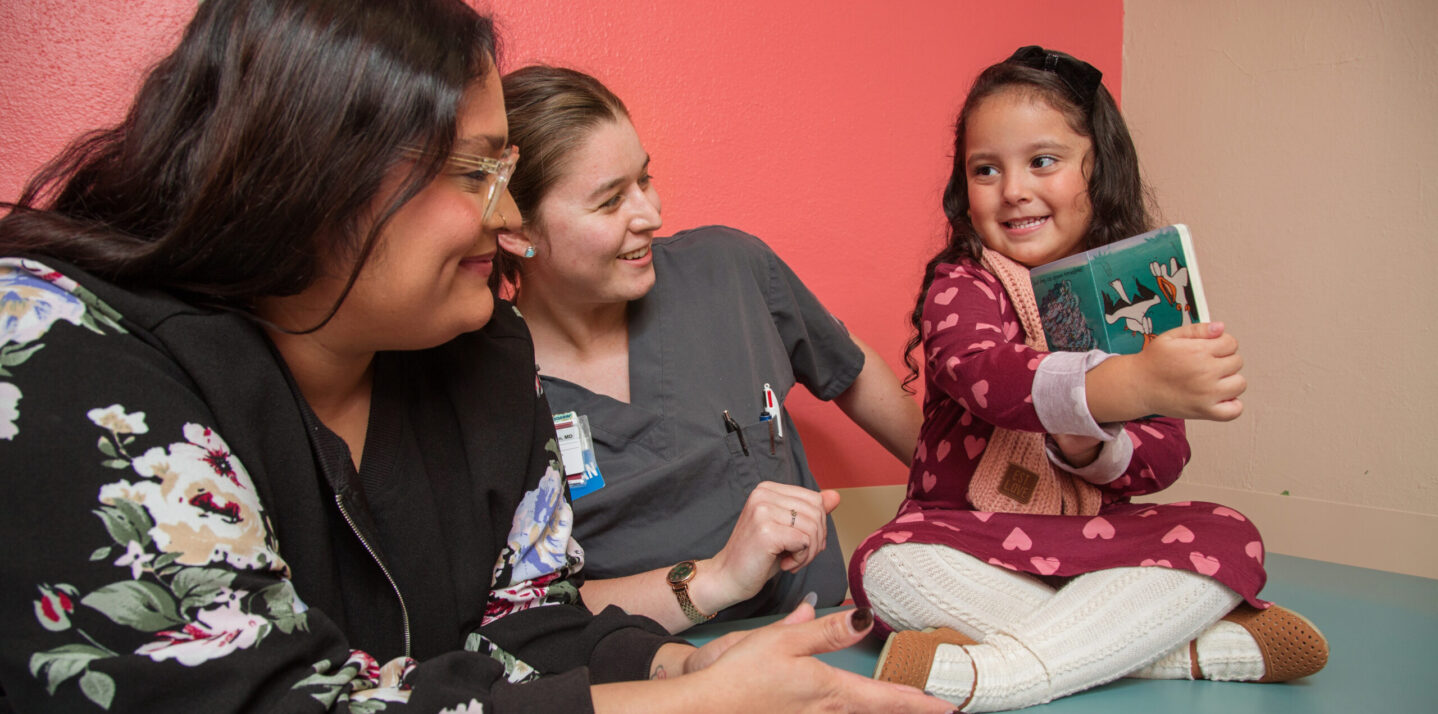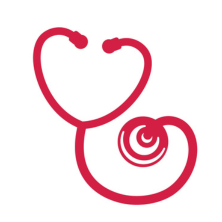The commentary below has been provided by Dr. Robert Needlman.
I was attracted to this study because of the combination of dyslexia and home reading environment in the title. In the 1980s, a large national study published the striking statistic that some 35 percent of children in the U.S. arrived at school “unready” to learn to read and, not coincidentally, about the same proportion of high school students dropped out without earning a diploma. The prevalence of dyslexia was much lower, about 15 percent. I concluded that more than half of the children who struggled with reading didn’t have a brain-based disability (dyslexia). The goal of Reach Out and Read was to prevent these non-dyslexic reading problems.
In the years since then, I’ve come to think of this dichotomy as probably simplistic. As a clinician, it seemed to me that lots of factors affected the likelihood of a child’s growing up loving books, including not only access and inspiration (what we provide in Reach Out and Read), but also how much a parent loves reading — or doesn’t. And that, in turn, might have to do with a parent’s history of dyslexia. Sorting out these biological and nonbiological influences, or at least keeping these possibilities in mind, could be helpful.
The other reason I liked this study is that it was done in China, the “other side of the world.” I imagined that any connections between reading problems and home environments in that very foreign setting might raise interesting questions about what might be going on in our own.
So, what did the researchers do? They recruited just over 300 elementary school students, about a fifth of whom were identified as having dyslexia. They gave the parents a lengthy questionnaire. And they used sophisticated statistics (something called LASSO) to sort through all the possible relationships and come up with the factors most closely related to dyslexia.
Many of the identified factors were what we might expect: Low maternal education, low income, maternal malnutrition during pregnancy, and second-hand cigarette smoke all were associated with dyslexia. So was something the researchers described as “divergent family parenting practices,” although I’m not entirely sure what this meant. Tea drinking, surprisingly, seemed to be a protective factor. Also, protective — and most relevant to us — was the habit of parents telling stories to their children during the preschool years. Among dyslexic children, 90 percent were never or rarely told stories, whereas among the non-dyslexic, the corresponding proportion was 65.5 percent. This finding, coming as it does from a retrospective case-control study, can’t demonstrate a causal connection: There are lots of potential confounders, not to mention recall bias. But then again, maybe storytelling during the early years does actually protect some children from later reading disability.
Brains are molded by a combination of genetics and experience, so it makes sense that richer experiences with stories might lead to more competent, more rewarding consumption of story books, and perhaps eventually to lower risk of reading disability. And if that’s true in China, perhaps it’s true here in the U.S. as well.
Read the complete article here.




